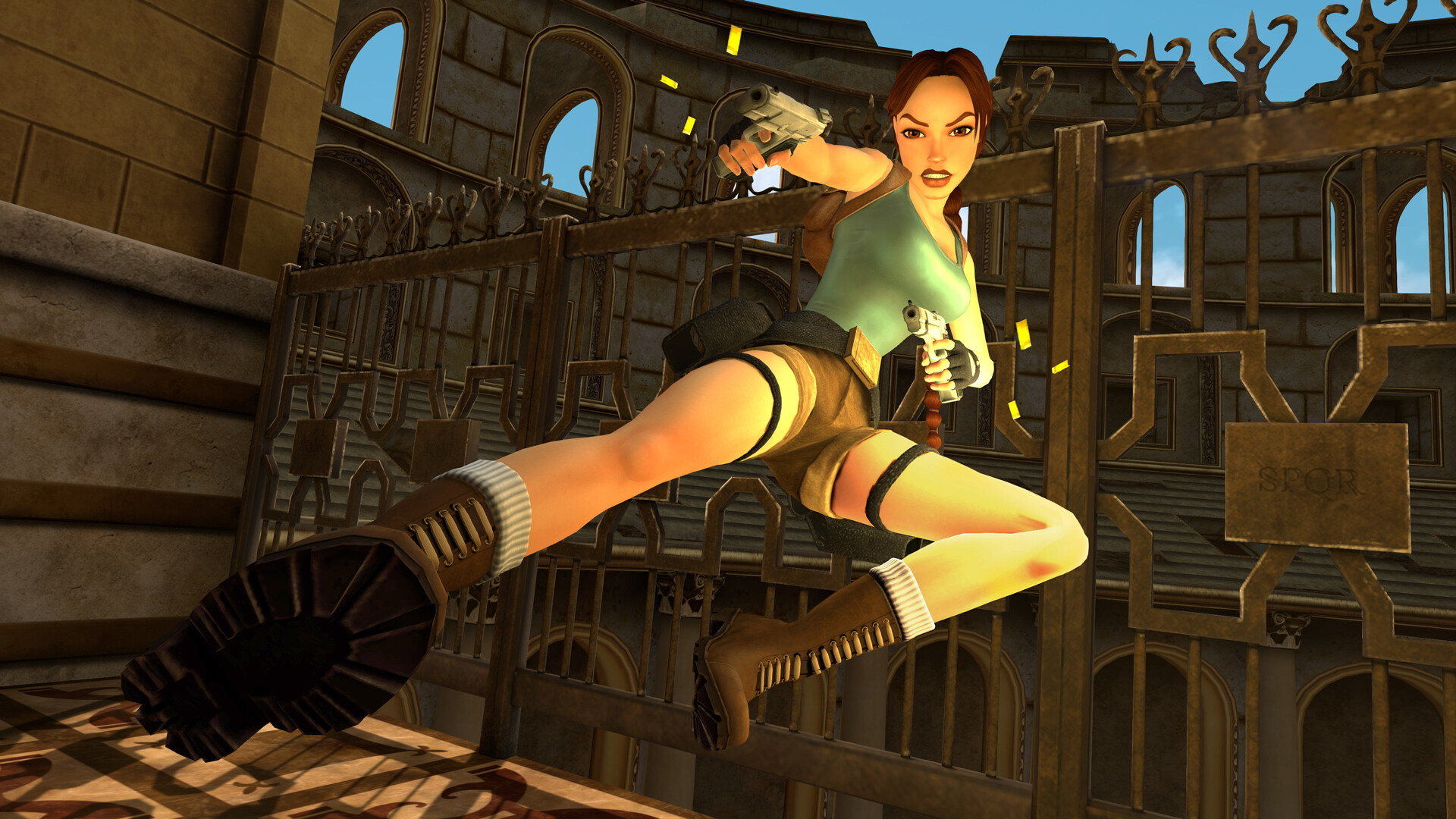TechRadar Verdict
Tomb Raider IV-VI Remastered delivers a welcome visual overhaul to The Last Revelation, Chronicles and The Angel of Darkness with excellent character models, detailed textures and revamped lighting working together to wonderful effect. The modern control schemes across the collection are frustratingly cumbersome but some great quality-of-life improvements and the excellent photo mode features make this remaster a must for longtime fans.
Pros
- +
Beautiful visuals including new character models, lighting, and high-resolution textures
- +
Some great puzzles and memorable locations
- +
Several quality-of-life improvements
- +
Photo mode is greatly improved
- +
Flyby camera mode is intuitive and powerful
- +
Bargain price
Cons
- -
Inconsistent controls
- -
Cumbersome weapon switching
Why you can trust TechRadar
Aspyr has built an impressive resume of classic action-adventure remasters over the last few years. The masters of the remaster have previously given delightful modern refreshes to the first three Tomb Raider games and delivered a seminal update to two excellent Soul Reaver titles, and now the Texas-based studio has returned its attention to the original Lara Croft timeline.
Platform reviewed: PC via Steam and PS5
Available on: PC, PS5, PS4, Xbox Series X|S, Xbox One, Nintendo Switch
Release date: February 14, 2025
Tomb Raider IV-VI Remastered brings 1999’s The Last Revelation, 2000’s Chronicles, and 2003’s The Angel of Darkness to PS5, PS4, Xbox Series X, Xbox Series S, Nintendo Switch and PC with a treasure trove of visual enhancements. Cleaning these Core Design developed titles up after twenty-five years and getting them to look this fresh is nothing short of wizardry at this point.
The Last Revelation, for example, charts Lara’s adventures in Egypt as she works to overcome an ancient curse that she accidentally set in motion, and the level of polish and modern graphical flourishes impress throughout. A new lighting engine sees shafts of sunlight penetrating forgotten temples and provides atmospheric warmth and illumination from fire pits and torches.
Character models have increased levels of detail while retaining the charm and personality of the original releases and the various Egyptian tombs benefit from dramatic rejuvenation that begs you to explore them. Simple flat textures have been replaced with detailed geometrically interesting assets in some spots, creating a sense that these environments could actually exist and aren’t just flat painted boxes anymore.
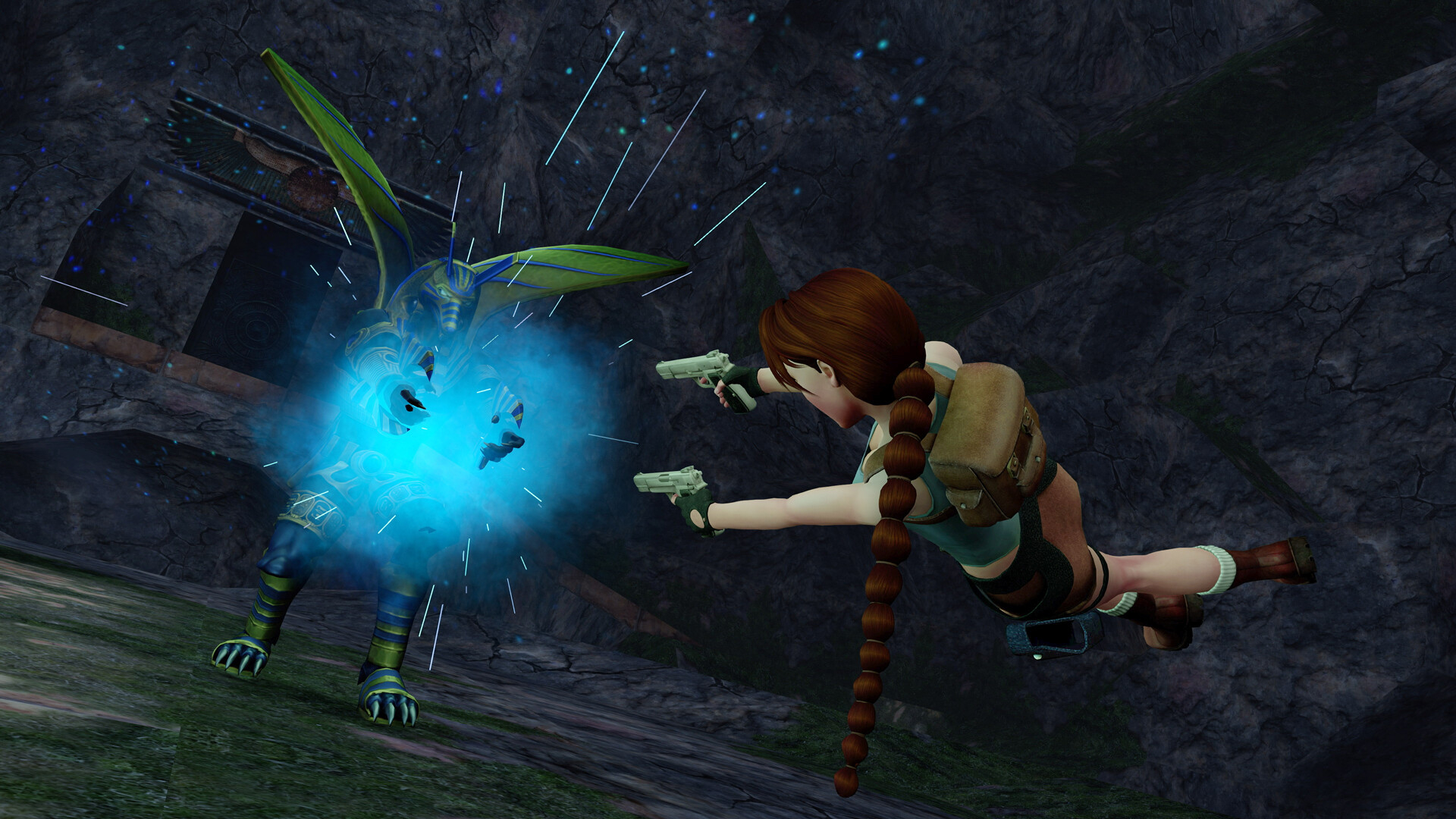
A graphical revelation
Once again making use of the original source code as the framework for these remasters, Tomb Raider IV-VI Remastered enables players to instantly swap between the shiny newness and the classic visuals with the push of a button. The Last Revelation and Chronicles, which both debuted on the original PlayStation, see the biggest leap in overall fidelity, and while The Angel of Darkness still receives a noticeable improvement over its PlayStation 2 origin, its revamp isn’t as impactful.
Tomb Raider IV-VI Remastered isn’t pixel-perfect in its execution, however. Chronicles, which acts as an anthology of sorts for previously untold Croft escapades, suffers from some occasional clipping at the edges and corners of buildings. It’s a minor gripe for sure but one that does pop up throughout Tomb Raider V and does prove distracting whenever it appears.
Likewise, all the original cutscenes are preserved and reused here without any visual enhancements or improvements, but the low-res FMV (full motion video) sequences of yesteryear are brief and have a charm of their own.
Sign up for breaking news, reviews, opinion, top tech deals, and more.
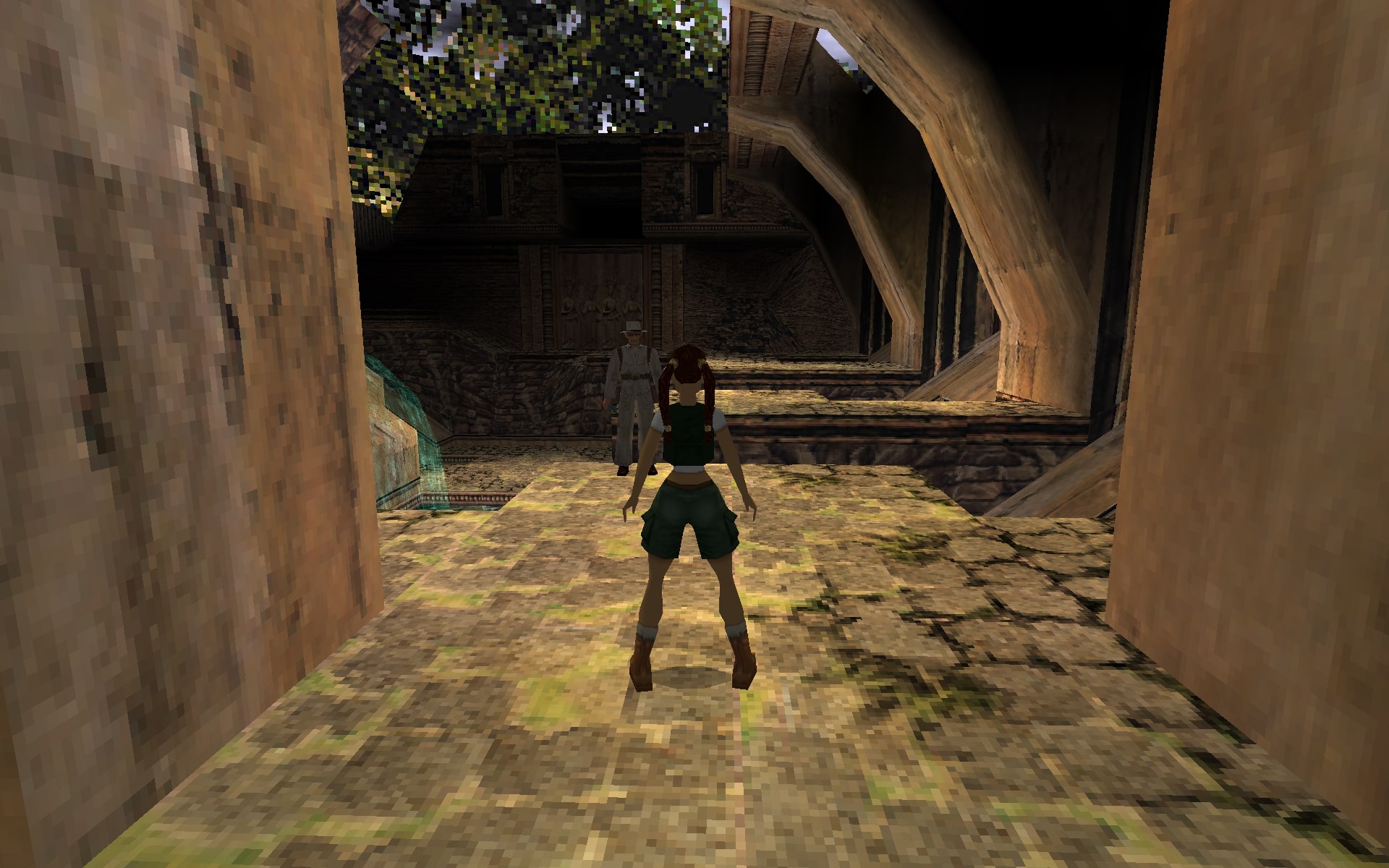
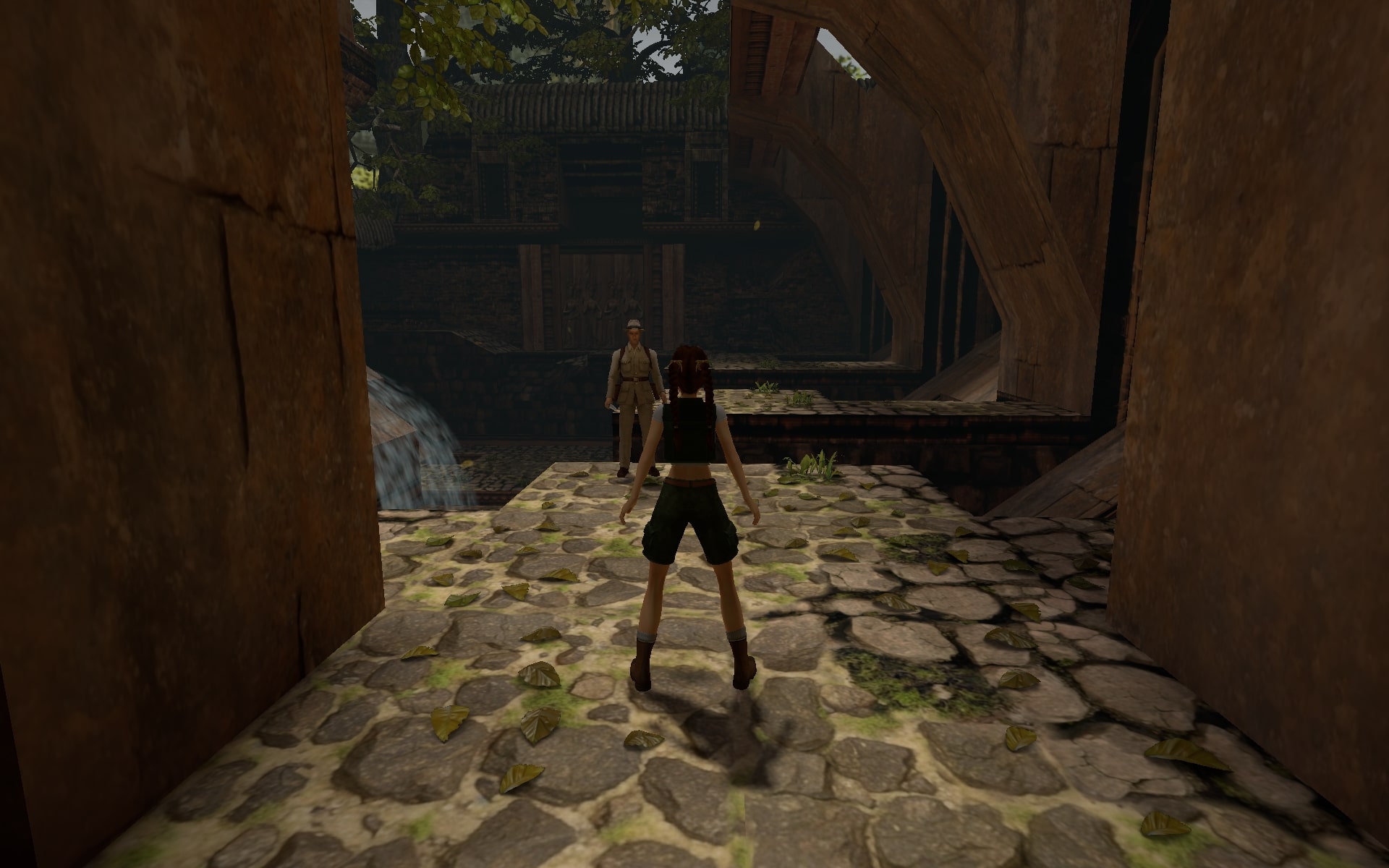
Bothersome buttons
Mirroring the remasters of Tomb Raider I-III, Tomb Raider IV-VI Remastered introduces a new modern control scheme for each game aimed to provide an accessible experience for new players unfamiliar with the original games and their classic tank controls. It’s unsurprising then, if not a little disappointing that, just like Tomb Raider I-III Remastered, this latest collection fails to introduce a reliable, modern control scheme.
Before delving into what does and doesn’t work with the modern scheme though, I’d like to take a moment to celebrate the tank controls. Tank controls, the slightly clumpy yet functional feel when you get used to them, and inputs from the original releases, undoubtedly remain my favorite way to experience these games. Classic Tomb Raider always required precise traversal and, while not the most natural method of controlling a character, tank controls allowed just that.
Despite the precision of the original tank controls, players would still occasionally make accidental slip-ups, causing our pony-tailed heroine to plummet to her demise. Aspyr has introduced a couple of new moves for Lara that, while certainly not exciting on paper, do remove some of those frustrating pratfalls of old.
For starters a new slide-to-run animation, a previously cut action from the original games, allows Lara to keep her momentum after disembarking a sloped surface. There are also two new animations for hanging on ledges as well, with the extra actions designed to prevent an untimely death regardless of whether Lara is facing toward or away from a drop.
The aforementioned new animations are available in both tank and modern control schemes, with a brand new ‘turn around in place’ action that is exclusive to the modern scheme and spins Lara a neat 180 degrees on the spot.
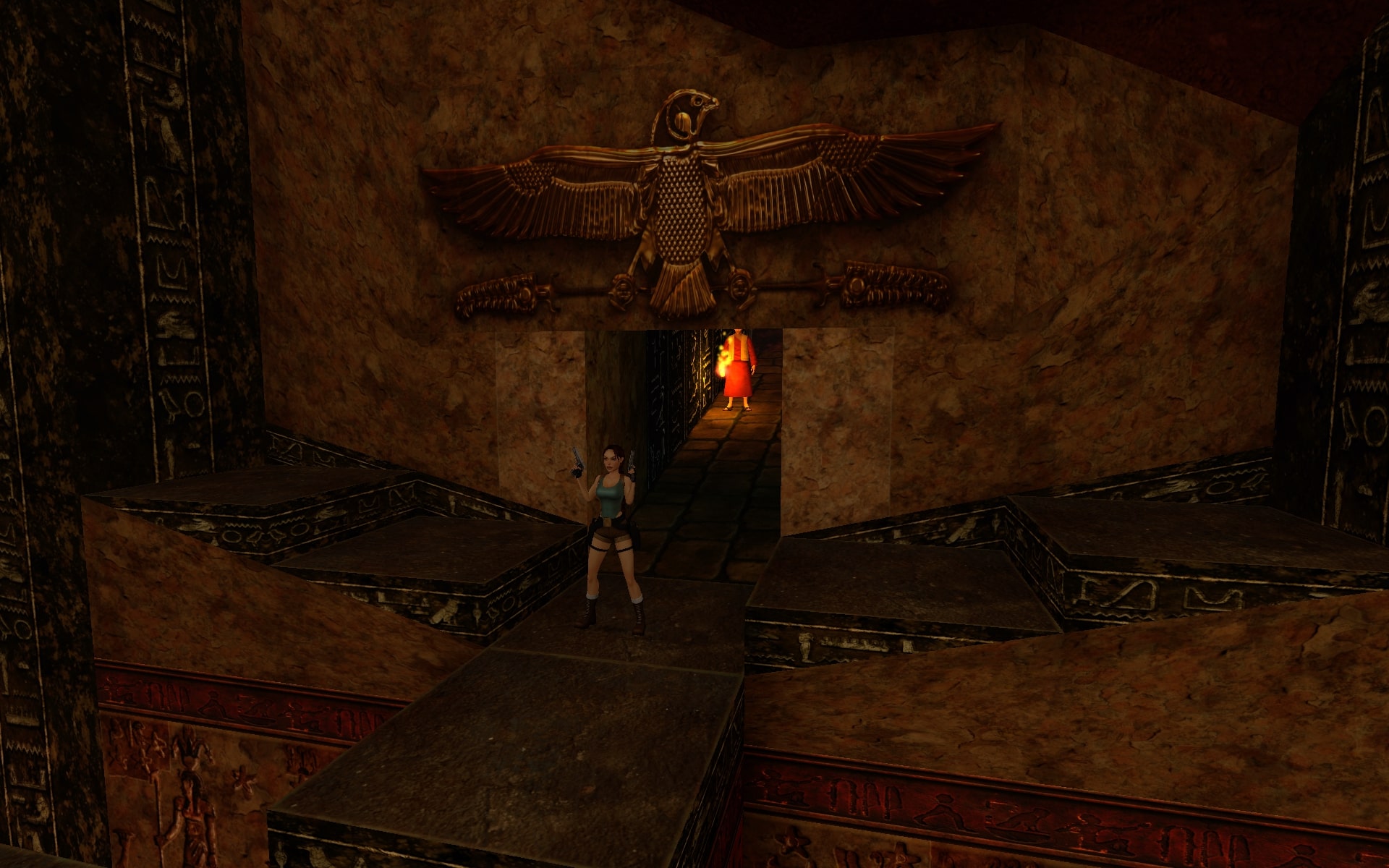
Entering a new area and flicking between the remastered graphics and the original visuals and appreciating the astonishing work and artistry of the team at Asypr. Far from a simple resolution bump, every decaying tomb, claustrophobic cave, or industrial cityscape has clearly received a lot of love in its modernization.
The new additions are good in theory, even if their implementation into Lara’s ever-increasing moveset leaves a lot to be desired. The turn-around-in-place move, for instance, requires the finger dexterity of a double-jointed gymnast to perform, with the default input requiring two opposing face buttons to be pressed simultaneously. I found myself adopting a claw grip like one might use when playing a fighting game, whenever the situation required a tight turnaround.
It's here that the cracks in the modern control scheme start to show. The default control layout doesn’t mesh well with in-game directions. At the start of The Last Revelation, when an adolescent Lara is navigating a Cambodian temple with mentor Werner Von Croy, Von Croy will often dole out instructions as part of the tutorial level. After diving into a pool, the puffed-up archaeologist suggests we “use ‘Action’ to climb out of the water”, except, with modern controls, Lara does nothing but bobs up and down staring at the edge of the pool. Through much trial and error, I discovered that an entirely different button makes Lara climb out of pools, and even worse, grab ledges mid-fall.
The Action button debacle isn’t an isolated instance either with several context-sensitive inputs not aligning with their in-game instructions. While the modern control scheme does have some perks including fluid horizontal movement, it requires some extensive tinkering and remapping of the controls within the options to make it remotely usable.
Another aspect that could use refinement is the weapon system, although the new on-screen ammo counter is a blessing. Switching between the weapons in Lara’s arsenal requires players to pause the game and scroll through the available armaments. There is a new shortcut system in place, requiring players to hold the touchpad and press one of the face/shoulder buttons to bring up individual weapons but it feels unnecessary and clumsy. A weapon wheel would have been a much simpler refinement and worked well for similarly revamped games such as Grand Theft Auto: The Trilogy: The Definitive Edition.
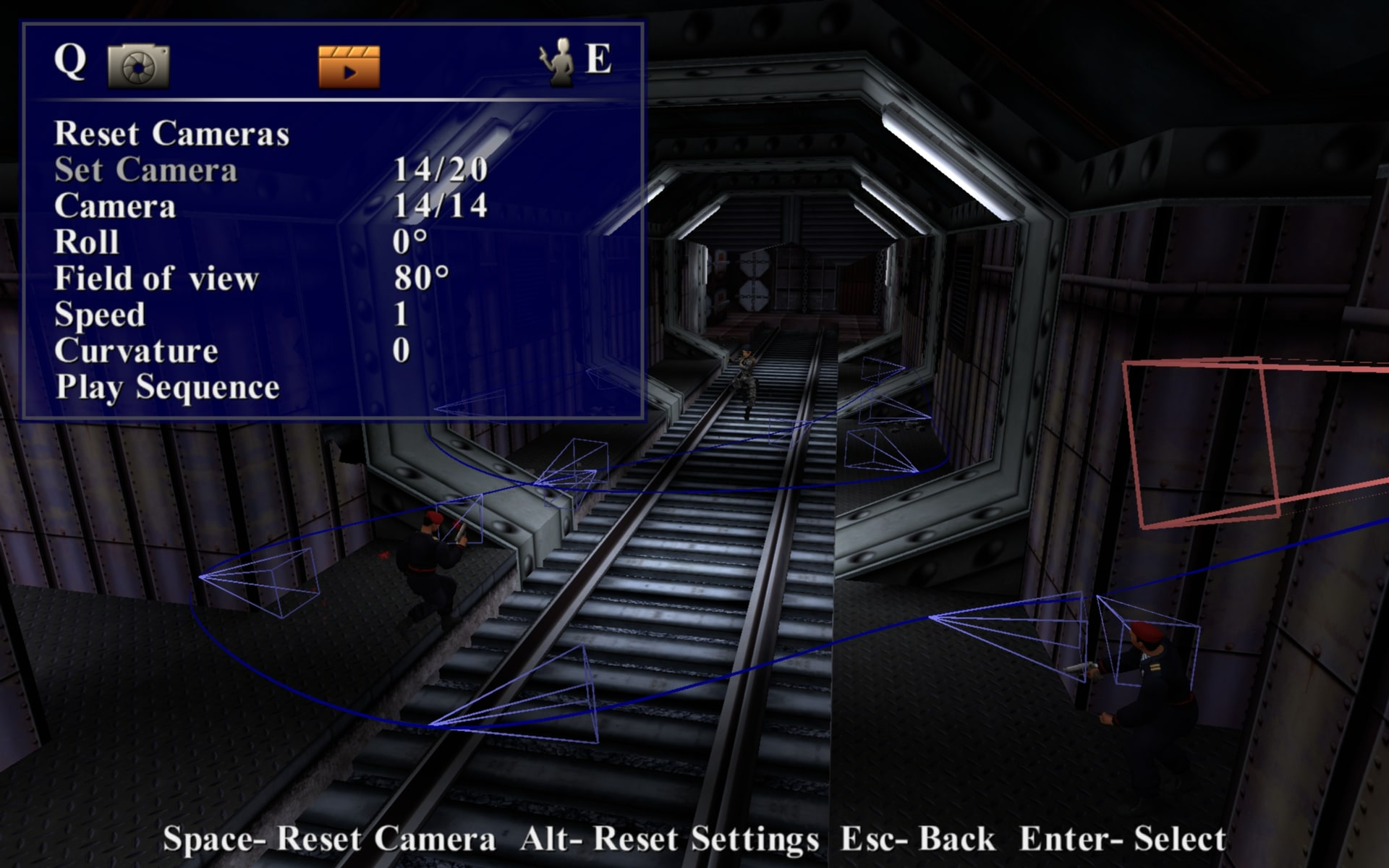
Lights, camera, action
One modern addition I absolutely adore is the returning and expanded photo mode. Tomb Raider IV-VI Remastered builds on the already brilliant photo mode of Tomb Raider I-III Remastered by letting players toy around with Lara’s stances, facial expressions, costumes, and weapons and even moving her freely around the scene.
Aspyr has gone beyond the standard photo mode in Tomb Raider IV-VI Remastered and incorporated a new flyby camera mode, and let me tell you, it’s incredible. The flyby camera mode allows players to position up to twenty different cameras around any scene in The Last Revelation and Chronicles, tweak various settings like field of view and roll, and then press play to witness a cinematic flyby of their custom scene.
Flyby mode is so simple and so powerful. I was creating dynamic, professional-looking animations immediately. The possibilities are literally endless and if you love Tomb Raider, you’ll definitely get a kick out of exploring each level using flyby mode.
Unfortunately, the feature currently appears to be absent from The Angel of Darkness. The sixth mainline Tomb Raider game, where Lara goes all Jason Bourne around Europe in a supernatural murder mystery, is a notoriously sullen affair so it makes sense that The Angel of Darkness doesn’t currently support the brilliantly fun flyby mode just yet. It’s a shame as The Angel of Darkness looks fantastic here and exploring Paris or Prague with the new Flyby camera would make an entertaining distraction from all of the brooding.
The flyby camera is a mind-blowing toolkit for fans of the series and a feature I hope Aspyr retrofits into Tomb Raider I-III Remastered, and that every 3D game incorporates and iterates on it from here on out.
Should I play Tomb Raider IV-VI Remastered?
Play it if...
You love a thrilling caper
Tomb Raider IV-VI Remastered sees Lara searching for relics, evading traps, and solving implausibly engineered puzzles on three globetrotting adventures. Tomb Raider IV-VI Remastered delivers hours of exciting, pulpy fun in a beautifully presented package for the price of a cinema ticket and a large popcorn.
You have a playful, creative side
As photo modes go, Tomb Raider IV-VI Remastered’s is one of the best around. Creating unique custom shots by harnessing a suite of selectable stances, facial expressions, outfits and the ability to move Lara around in any scene is great fun and the new flyby mode takes that creativity to a whole new level.
Don't play it if...
You have limited patience
Tomb Raider as a series is synonymous with challenging brainteasers, but even for a veteran of the series, the controls can feel like a constant puzzle to understand themselves and the modern control scheme compounds the issue further.
Accessibility
Tomb Raider IV-VI Remastered provides only a few, basic accessibility options for players. Subtitles are enabled by default in all three games and are clear to read with a subtle grey background to them. Controller settings can be tweaked with optional vibrations and adjustable stick sensitivity.
All three titles do a poor job of introducing players to controls with no onscreen button prompts or tutorials. Voice lines and subtitles will occasionally guide players on what to do but the instructions often don’t correlate with the default control schemes, making certain sections impassible without much trial and error.
Quality-of-life improvements such as the inclusion of boss health bars, ammo counters, and cutscene skippers are all welcome additions.
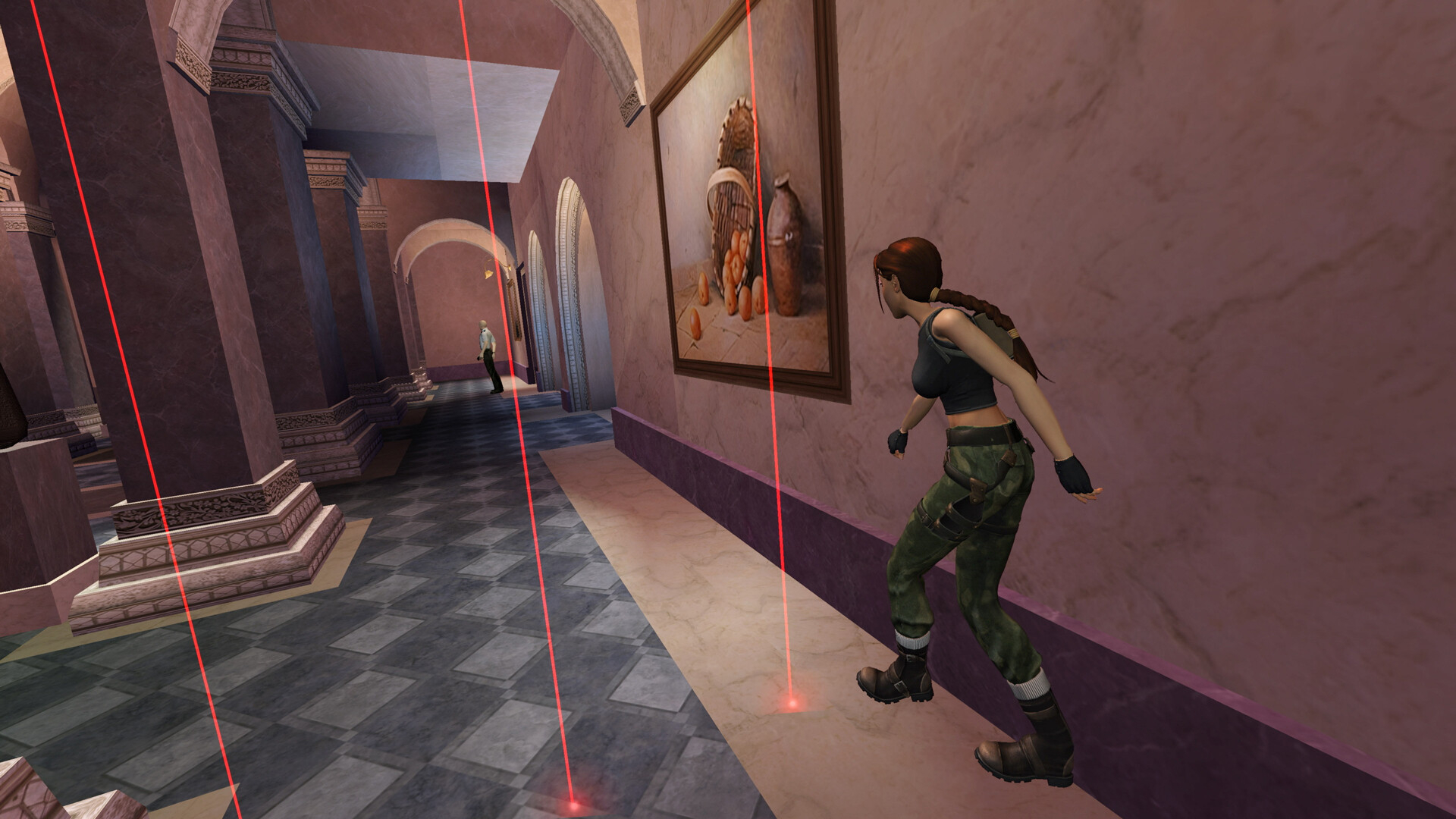
How I reviewed Tomb Raider IV-VI Remastered
I played through the campaigns of all three titles while regularly switching between modern and tank controls, testing Lara’s newly added animations in each. I spent a couple of hours fiddling around in photo mode throughout my playthrough, taking time to experiment with various poses and outfits and producing fun flyby shots.
I played Tomb Raider IV-VI Remastered on my gaming PC which runs a Nvidia GeForce RTX 3060 Ti on a Dell U2415 Monitor. I used my EasySMX D05 controller and my Sony Gold Wireless Headset. I also tested the collection on PS5 on a 4K Sony Bravia TV, with my DualSense wireless controller and my PS5 Pulse 3D Wireless Headset for the most part, and occasionally through the built-in TV speakers.
Prior to playing Tomb Raider IV-VI Remaster, I also chose to revisit the original games on the original PlayStation and PlayStation 2, enabling me to appreciate the differences in controls, visuals and playability to the new remaster.
First reviewed February 2025

Theo first contributed to TechRadar in 2024 after writing commerce and hardware pieces for Eurogamer and Digital Foundry. Theo started working as a freelance writer and video editor in 2016 across several small indie publications. Perhaps best known for his love of retro gaming, Theo began working as Content Editor at Retro Dodo in 2023, indulging his passion for writing with news stories, reviews, features, and guides. Theo’s time in games media followed a successful career in project management and now coexists with his work on his own personal YouTube channel, JHT Show, where he enjoys discovering and highlighting new indie titles and producing comedic Let’s Plays. Outside of gaming, Theo can often be found riding his motorbike, chortling at live comedy gigs, or out in the countryside exploring nature and marveling at the ‘realistic graphics’.
You must confirm your public display name before commenting
Please logout and then login again, you will then be prompted to enter your display name.
